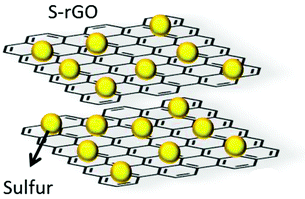more »
Graphenea’s Business Development Director Iñigo Charola attended the IDTechEx Graphene Show in Santa Clara this November, where he gave a talk about the role of graphene in next generation sulfur batteries.
Lithium has been a preferred component for portable energy solutions due to its low cost and natural abundance. Lithium-sulfur batteries, compared to today’s lithium-ion batteries, hold potential to quadruple the specific energy stored, yielding substantially longer battery lifetime for all the world’s portable devices. Lithium-sulfur is leading the way for next-gen battery technology, due to initially simpler manufacturing, lower costs, and good performance. Moreover, lithium-sulfur batteries are technologically a step closer to lithium-air batteries that are expected to perform even better in the mid-range future.
The development of such new powerful batteries runs into challenges while using established electrode materials, because the new batteries require electrodes that support larger energy fluxes, to fully exploit the potential offered by the energy source itself. For example, the capacity of current electrode technology drops sharply when used with stronger batteries, so much that they offer only about 100 discharge cycles. Furthermore, cathode volume expansion and cathode cracking due to strong currents is a safety concern.
Graphene oxide (GO) offers an opportunity as a host in Li-S cathodes: S/graphene composites. In GO/sulfur composites, graphene plays a significant role in improving the electronic conductivity of sulfur, inhibiting the shuttle effect of soluble polysulfides that causes cathode cracking in traditional cathodes. Graphene oxide based cathodes have shown to be more durable and efficient than traditional ones in lithium-sulfur battery technology.

Figure: Schematic S/graphene composite for battery cathodes. (Copyright: Royal Society of Chemistry.)
The annual IDTechEx Graphene Show is among the world’s largest graphene events, with over 3000 attendees, 200 exhibitors, and 250 presentations. Combined with the co-hosted Printed Electronics, Wearable Technology, Electric Vehicle and 3D Printing Events, it is the single largest end-user focused graphene event in the world, where companies get together to forge new business ideas and partnerships to propel the use of graphene in new directions and markets.

via Graphenea

